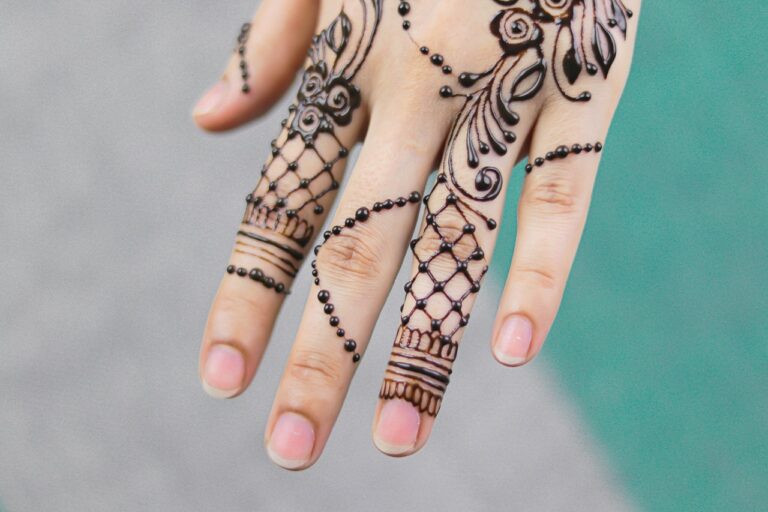Fashionable Futures: Predictions for the Next Decade of Fashion
Sustainable fashion has been gaining momentum as more consumers are becoming conscious of the environmental impact of their clothing choices. From upcycling to recycling, brands are incorporating eco-friendly practices into their design processes to reduce waste and promote sustainability. This shift towards ethical manufacturing and transparent supply chains is reshaping the fashion industry.
Furthermore, the use of organic and natural materials is on the rise in sustainable fashion. Fabrics such as organic cotton, hemp, and bamboo are being favored for their minimal environmental footprint and biodegradability. Consumers are seeking out garments made from these materials as they offer a more sustainable alternative to traditional textiles.
Innovations in Material Technology
In the realm of material technology, researchers and designers are constantly pushing boundaries to develop sustainable alternatives to traditional fabrics. One such innovation gaining traction is the use of mushroom leather, also known as mycelium leather, which is a biodegradable material created from the roots of mushrooms. This eco-friendly material offers a cruelty-free and environmentally conscious leather substitute that has the potential to greatly reduce the fashion industry’s reliance on animal hides.
Another promising innovation in material technology is the utilization of recycled ocean plastics in the production of textiles. By collecting and repurposing discarded plastic waste from oceans and coastlines, this approach not only helps clean up marine ecosystems but also addresses the issue of plastic pollution in a creative and impactful way. Brands incorporating these recycled materials into their collections are not only driving awareness about environmental issues but also setting a positive example for the industry as a whole.
Rise of Digital Fashion
Digital fashion has emerged as a groundbreaking concept revolutionizing the fashion industry. With the advancement of technology, virtual garments and digital designs have gained immense popularity among consumers and designers alike. This innovative approach to fashion allows for creativity to flourish in a digital realm, transcending physical limitations and enabling new possibilities in self-expression and style experimentation.
One of the key drivers behind the rise of digital fashion is the growing demand for sustainability and ethical practices in the industry. Virtual clothing presents a sustainable alternative to traditional fashion, reducing the environmental impact associated with producing physical garments. By embracing digital fashion, designers can create limitless designs without the need for material resources, contributing to a more environmentally conscious and eco-friendly approach to fashion innovation.
What are some trends in sustainable fashion?
Some trends in sustainable fashion include using organic and recycled materials, reducing waste in production processes, and promoting ethical labor practices.
What are some innovations in material technology in the fashion industry?
Innovations in material technology in the fashion industry include the development of sustainable fabrics like Tencel, Piñatex, and Econyl, as well as the use of 3D printing and digital weaving techniques.
What is digital fashion and how is it rising in popularity?
Digital fashion refers to clothing and accessories that are designed and worn in virtual spaces, such as online gaming platforms or social media. It is rising in popularity due to the increasing use of digital platforms for communication and self-expression.







